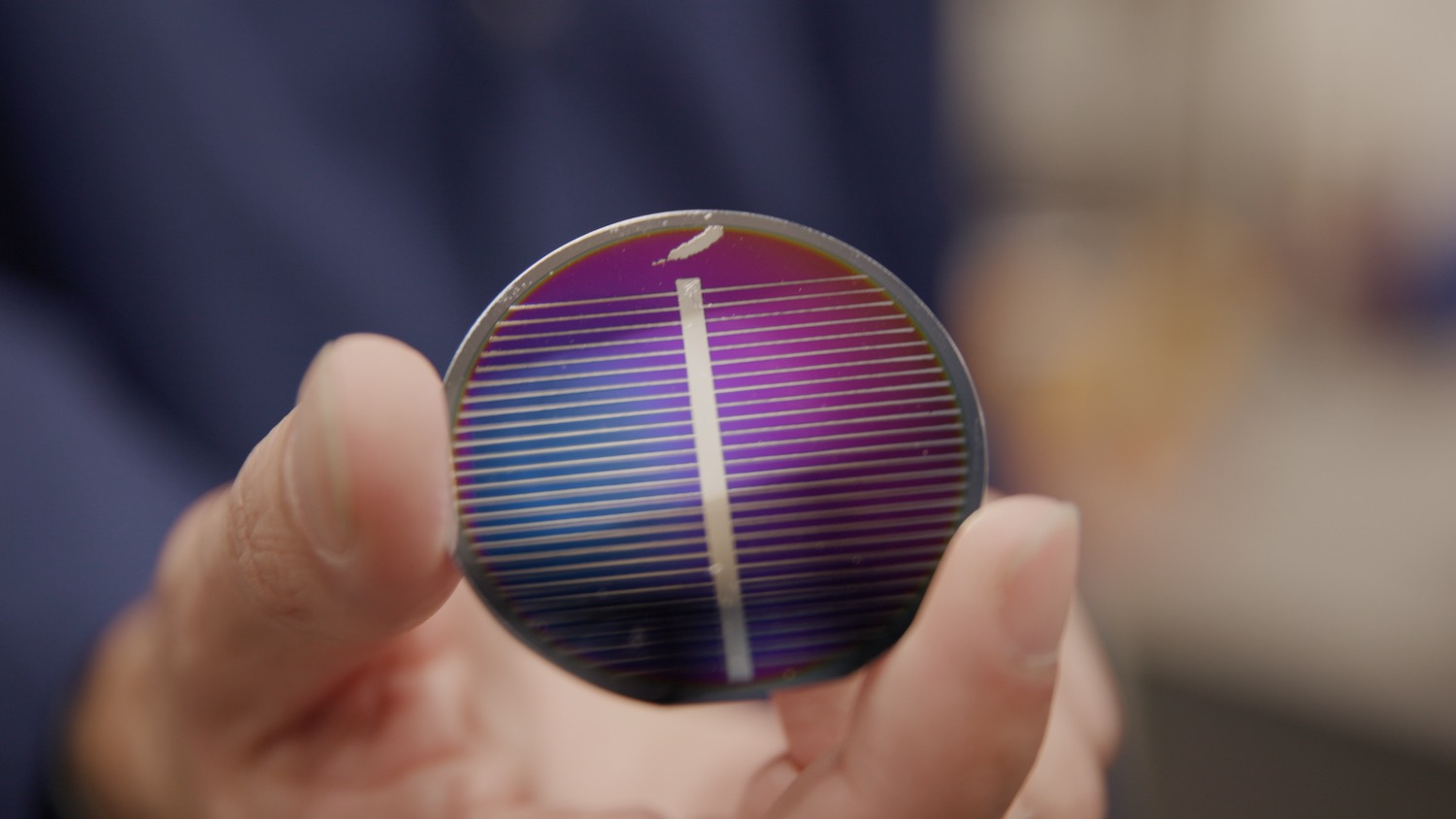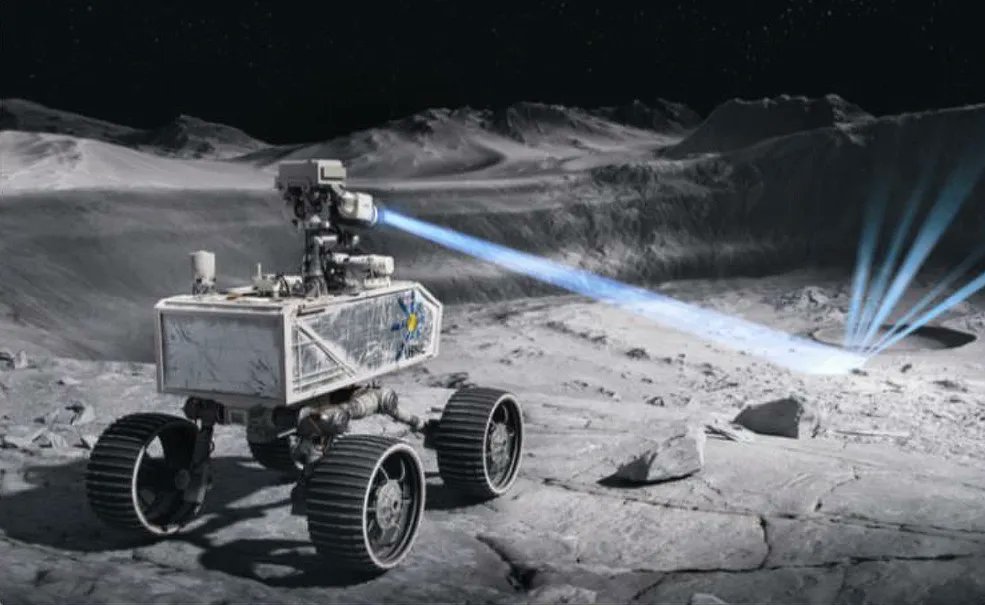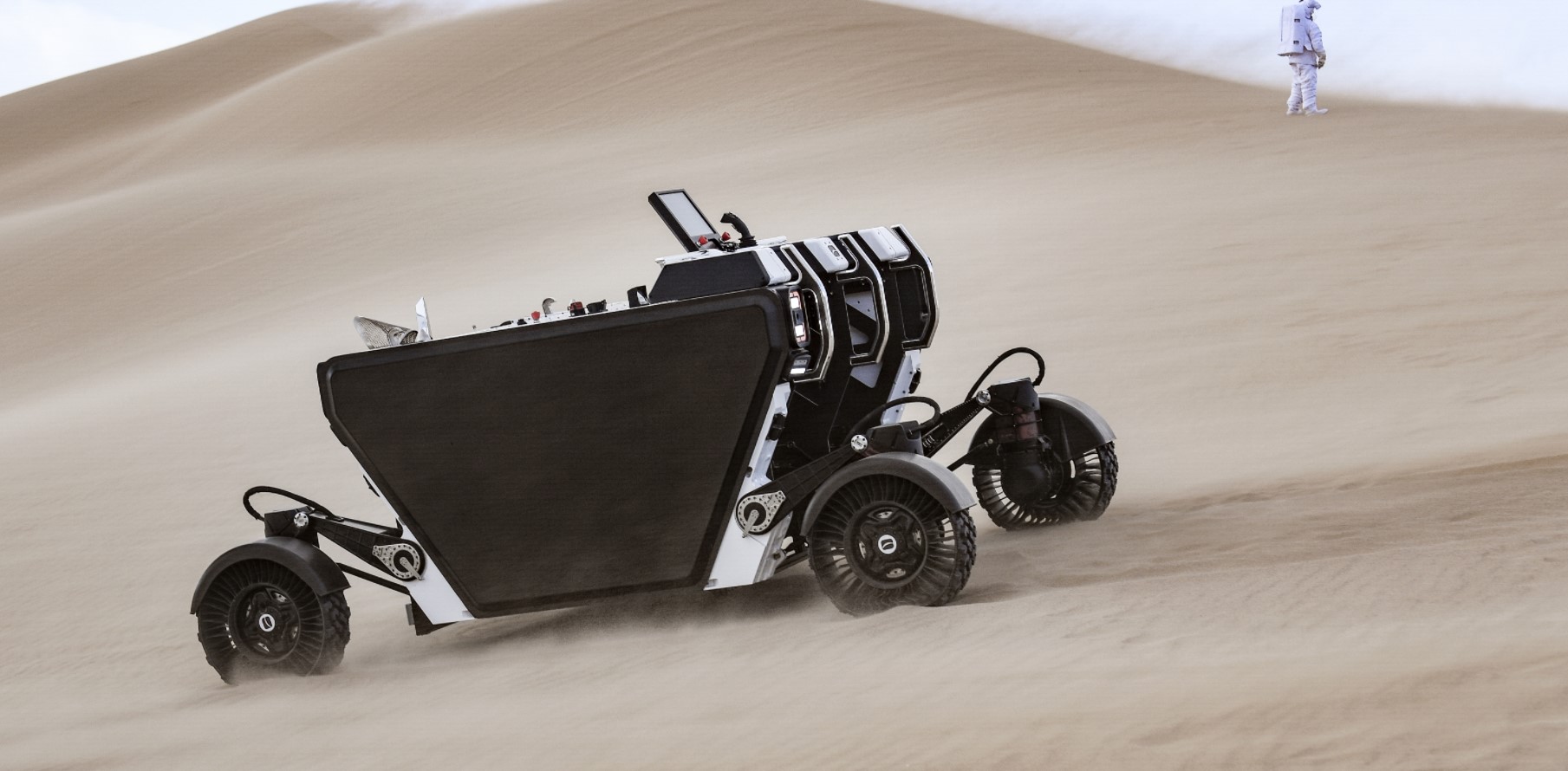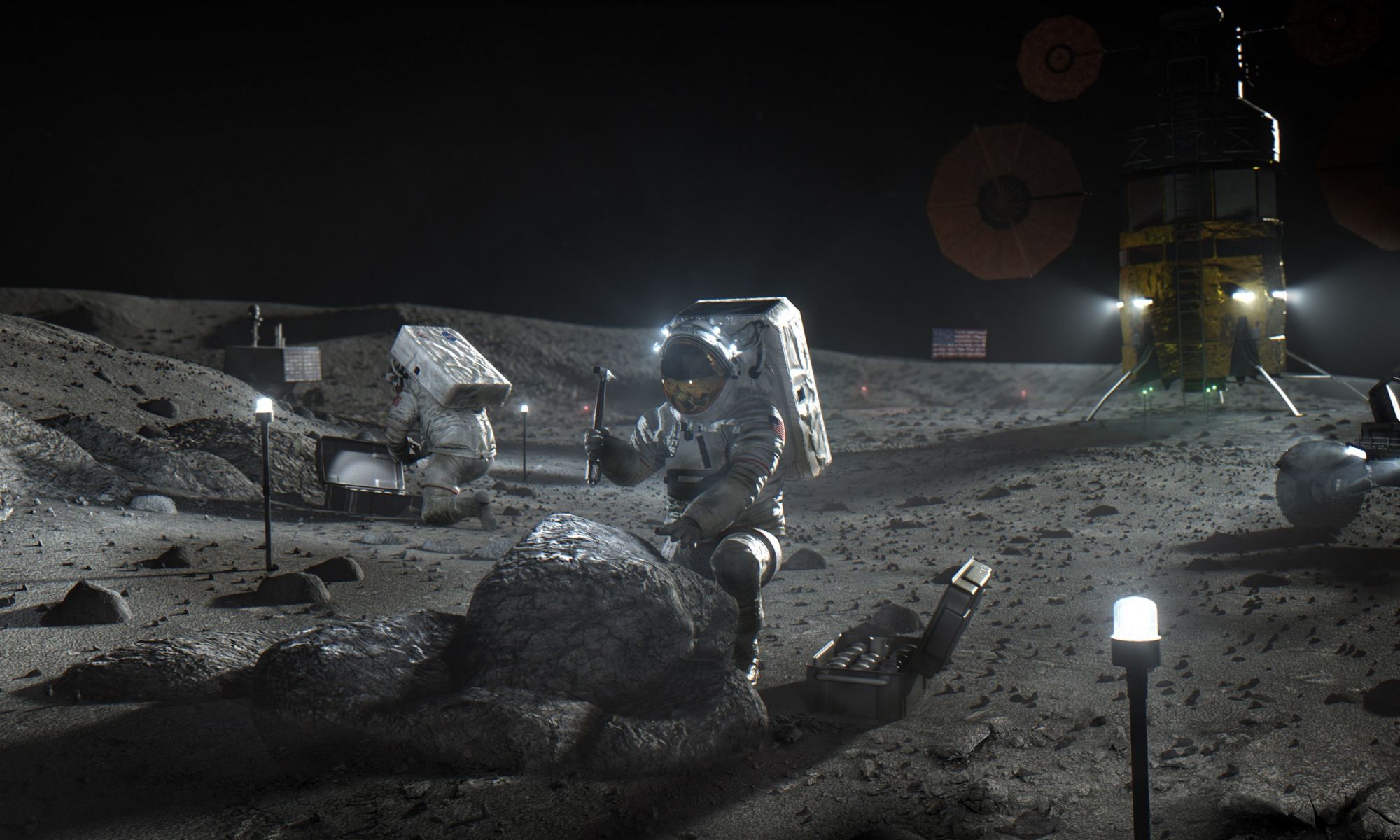Within the next decade, several space agencies and commercial space partners will send crewed missions to the Moon. Unlike the “footprints and flags” missions of the Apollo Era, these missions are aimed at creating a “sustained program of lunar exploration.” In other words, we’re going back to the Moon with the intent to stay, which means that infrastructure needs to be created. This includes spacecraft, landers, habitats, landing and launch pads, transportation, food, water, and power systems. As always, space agencies are looking for ways to leverage local resources to meet these needs.
This process is known as in-situ resource utilization (ISRU), which reduces costs by limiting the number of payloads that need to be launched from Earth. Thanks to new research by a team from the Tallinn University of Technology (TalTech) in Estonia, it may be possible for astronauts to produce solar cells using locally-sources regolith (moon dust) to create a promising material known as pyrite. These findings could be a game-changer for missions in the near future, which include the ESA’s Moon Village, NASA’s Artemis Program, and the Sino-Russian International Lunar Research Station (ILRS).
Continue reading “Artemis Astronauts Could Rely on Solar Cells Made out of Moon Dust”










